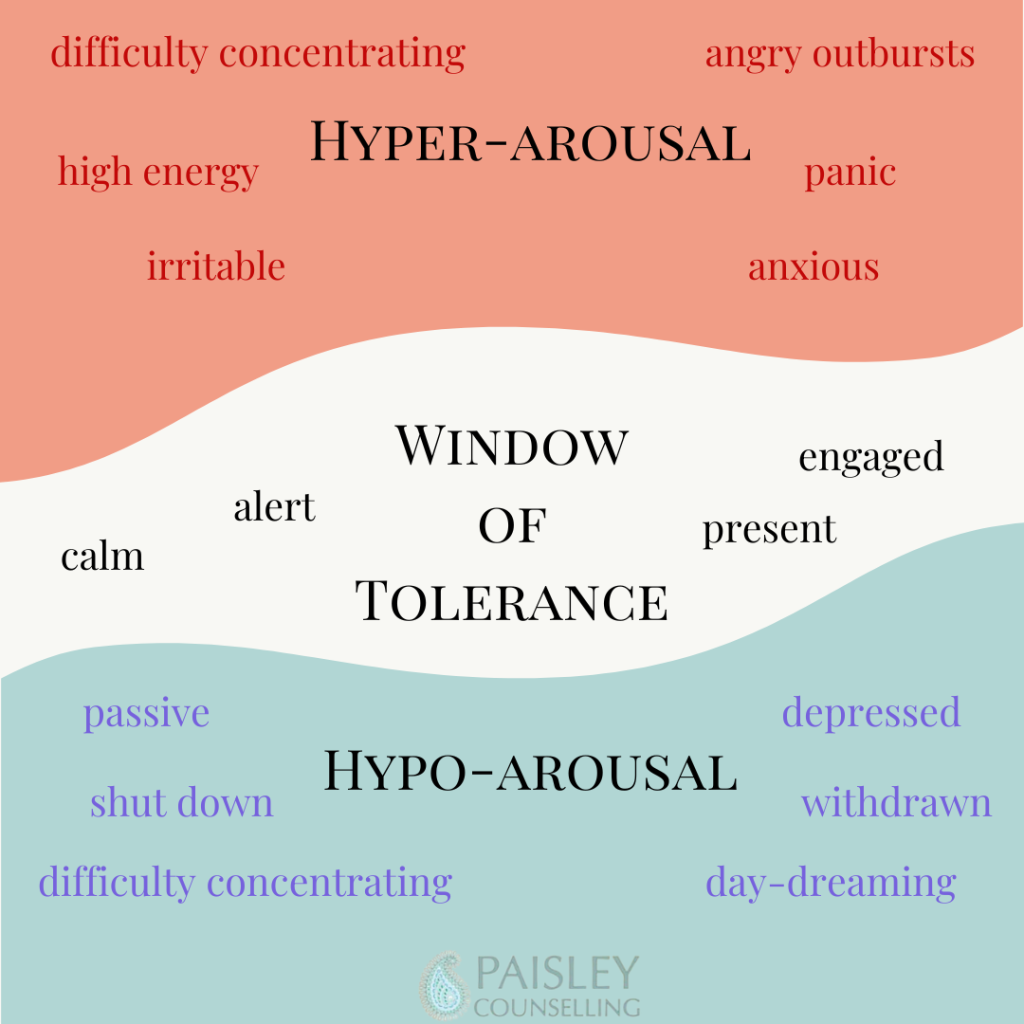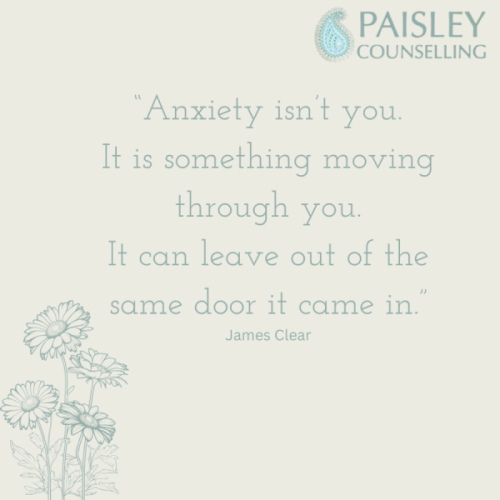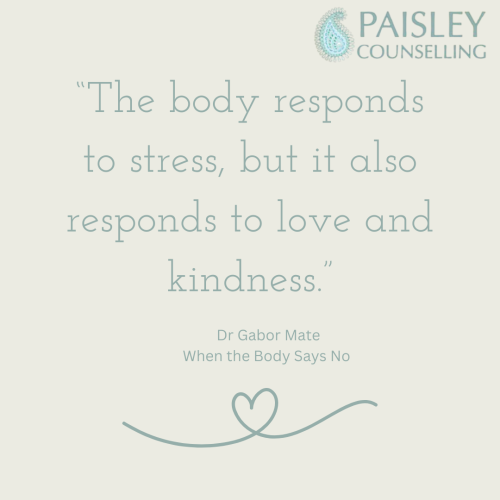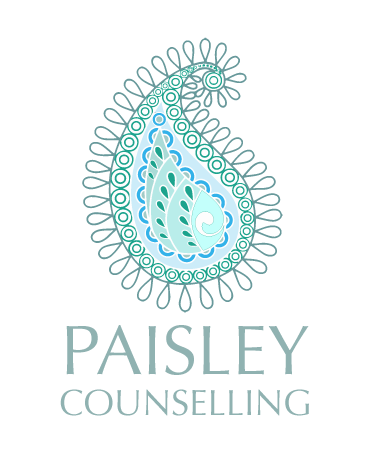by Laura Hendry
Understanding Our Body’s Reactions and Pathways to Healing
Polyvagal theory has become influential in the world of trauma therapy, giving counsellors new ways to understand and help people who have experienced trauma. Created by Dr Stephen Porges in the 1990s, this theory helps us see how our body’s automatic responses can shape our feelings of safety, our ability to connect with others, and our overall well-being. In this blog, we’ll look at how polyvagal theory is used in counselling, focusing on the fight, flight, and freeze responses, as well as new research on more complex patterns in our body’s reactions.
What is Polyvagal Theory?
At its heart, polyvagal theory says our body’s stress response is more complicated than just “fight-or-flight” or “rest-and-digest.” According to the theory, there are three main ways our body can react to danger or safety. One helps us feel calm and able to connect with others, another gets us ready to confront or run from trouble (fight or flight), and the last makes us shut down or freeze when things feel overwhelming. These responses developed over time to help us survive in different situations.
Fight, Flight, and Freeze: The Impact of Trauma
When someone goes through trauma, their body can become stuck in these survival modes. The “fight” response prepares us to stand up to danger. If that’s not possible, the “flight” response gets us ready to run away. If escape isn’t possible either, our body may “freeze” — we might feel numb or disconnected, like we’re shutting down. For people who’ve experienced trauma, these reactions can show up long after the original danger has passed, often without warning.
Counsellors are trained to spot these patterns in their clients. By using ideas from polyvagal theory, they help people feel safer and teach ways to calm their nervous system, such as deep breathing, grounding exercises, or connecting with others in a safe setting.
More Than Just Fight, Flight, or Freeze
Recent studies show that our body’s reactions aren’t always so simple. Sometimes, people feel mixed reactions at the same time — like feeling numb and restless, or shut down but also on edge. These blended reactions are common for people with complex trauma or PTSD.
Understanding these mixed states helps counsellors offer better support. Instead of seeing people’s reactions as only one thing or another, therapists can recognise that feelings can overlap and change, and they can adjust their help to match what someone is really feeling in the moment.
Using Polyvagal Theory in Counselling
Integrative counselling uses different techniques based on each person’s needs. A polyvagal approach might include mindfulness, gentle movement, or body-focused therapies, all with the goal of helping people feel safe and more in control of their bodies and emotions.
Research shows just how important it is for therapists to help clients feel safe, both emotionally and physically. When people feel truly safe, they can begin to heal from trauma, reduce anxiety, and start to reconnect with others and themselves.
References
- Porges, S. W. (2011). The Polyvagal Theory: Neurophysiological foundations of emotions, attachment, communication, self-regulation. New York: W. W. Norton & Company.
- Ogden, P., Minton, K., & Pain, C. (2006). Trauma and the body: A sensorimotor approach to psychotherapy. New York: W. W. Norton & Company.
- Dana, D. (2018). The Polyvagal Theory in Therapy: Engaging the Rhythm of Regulation. New York: W. W. Norton & Company.
- Schauer, M., & Elbert, T. (2010). Dissociation following traumatic stress: Etiology and treatment. Journal of Psychology, 218(2), 109–127.
As our knowledge grows, integrative counselling is leading the way in using polyvagal theory to help people move from just surviving to truly living—supporting recovery, connection, and hope.





